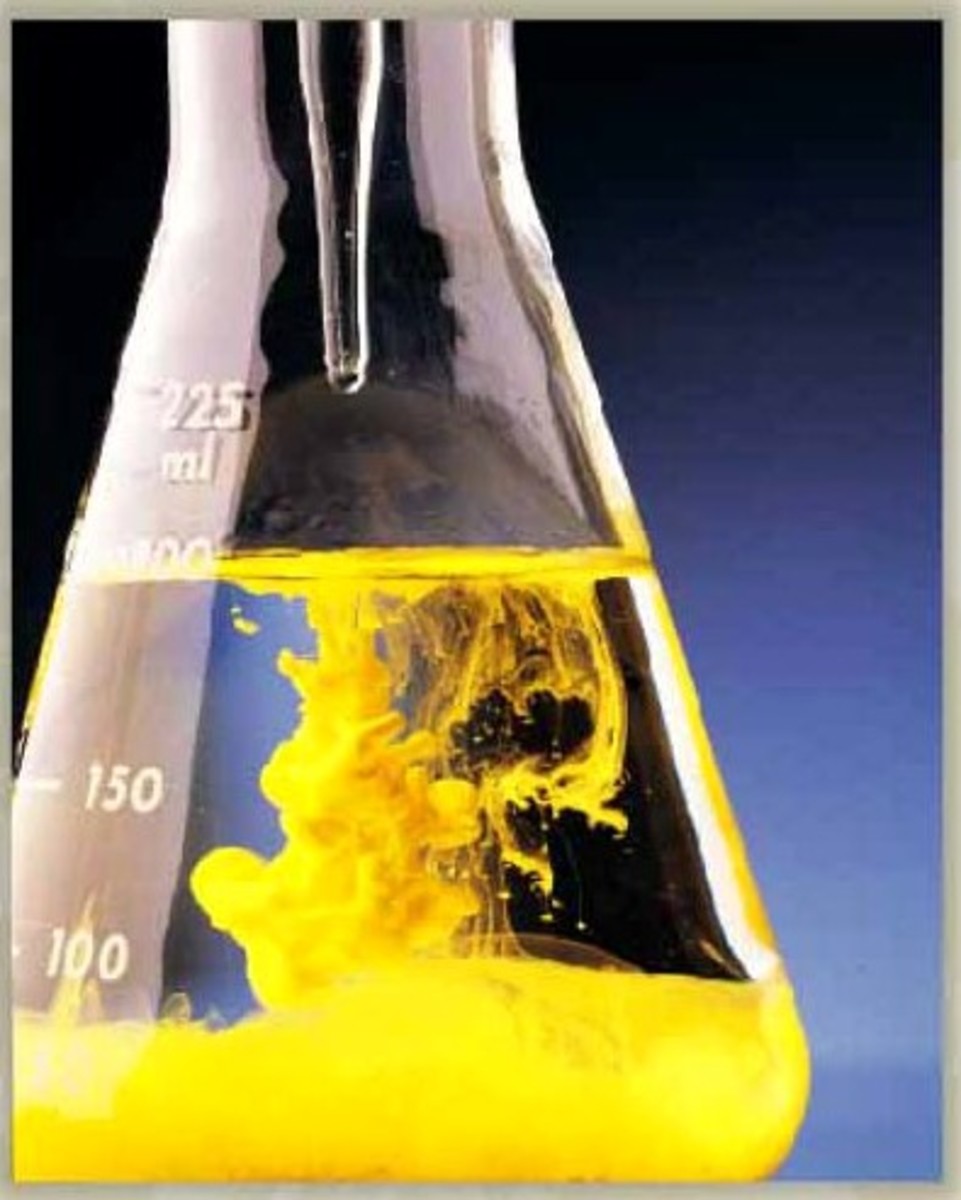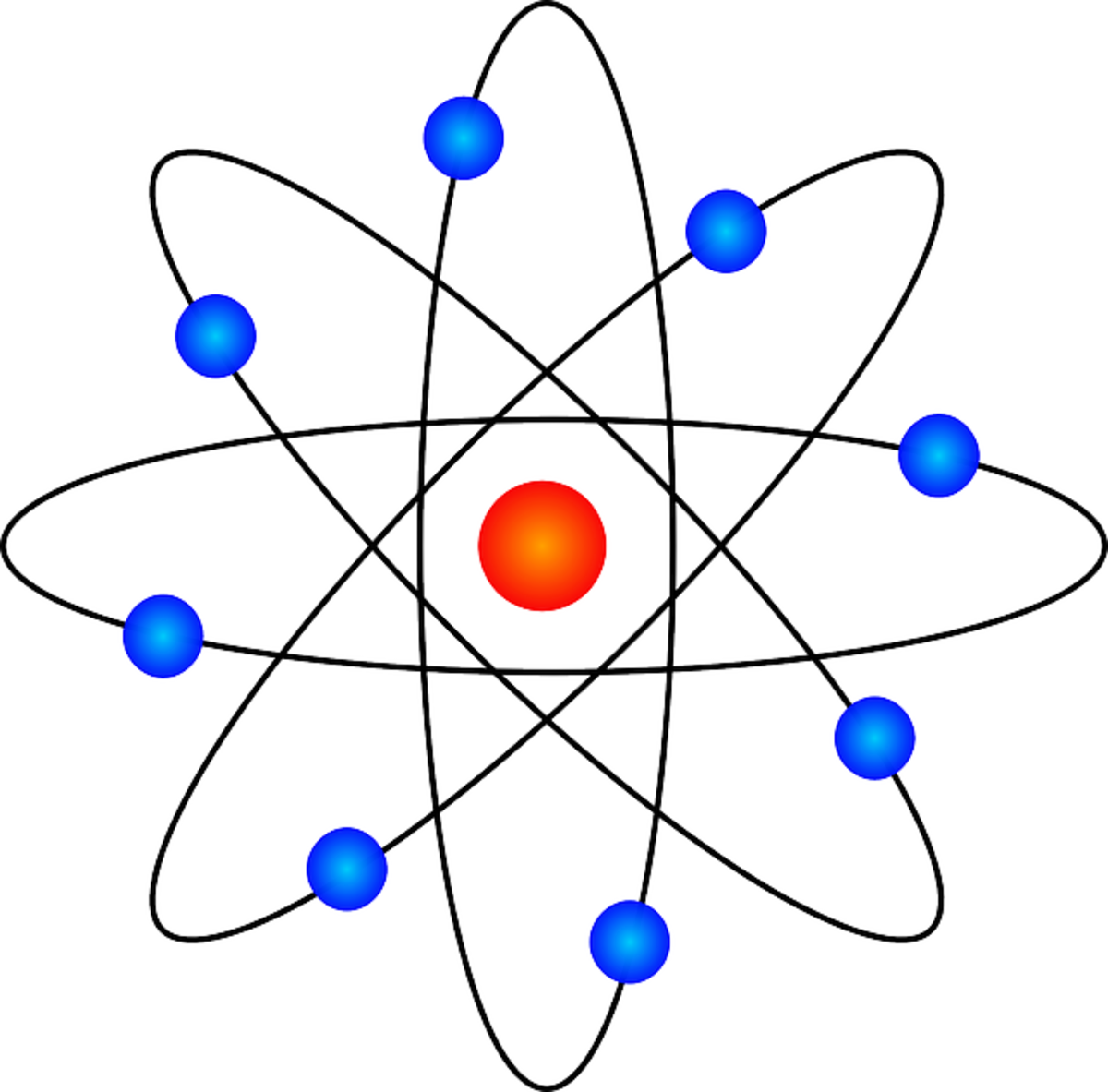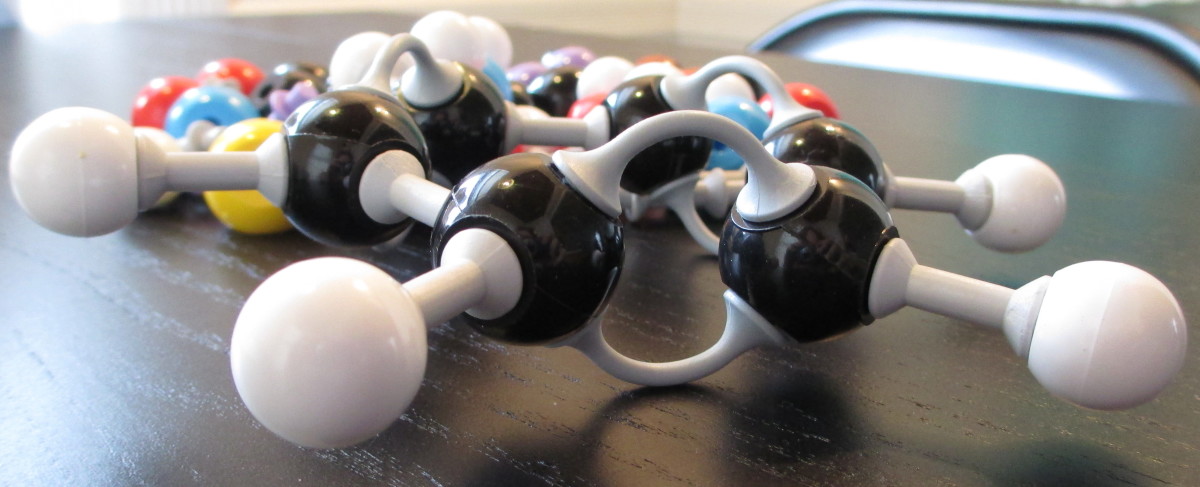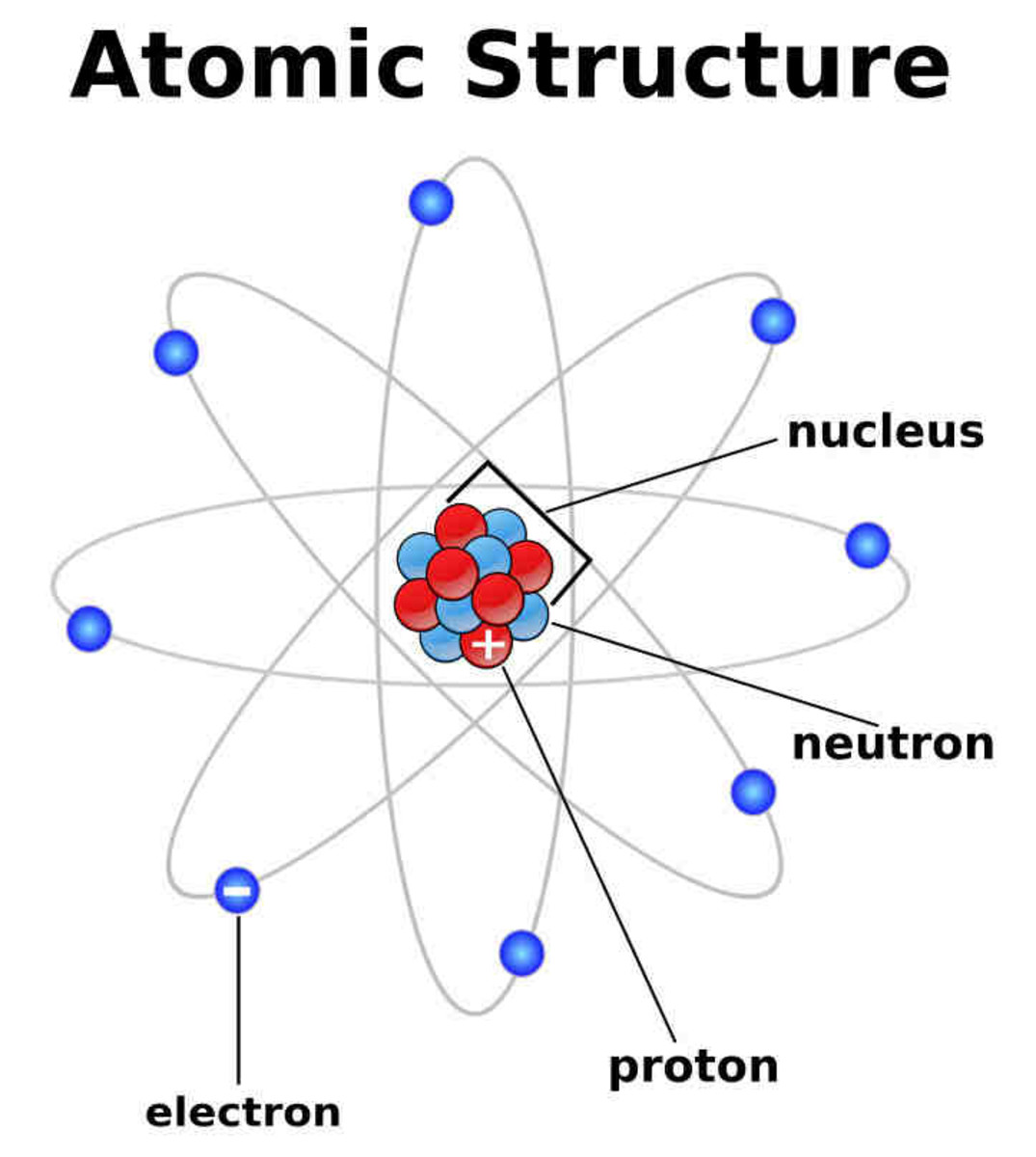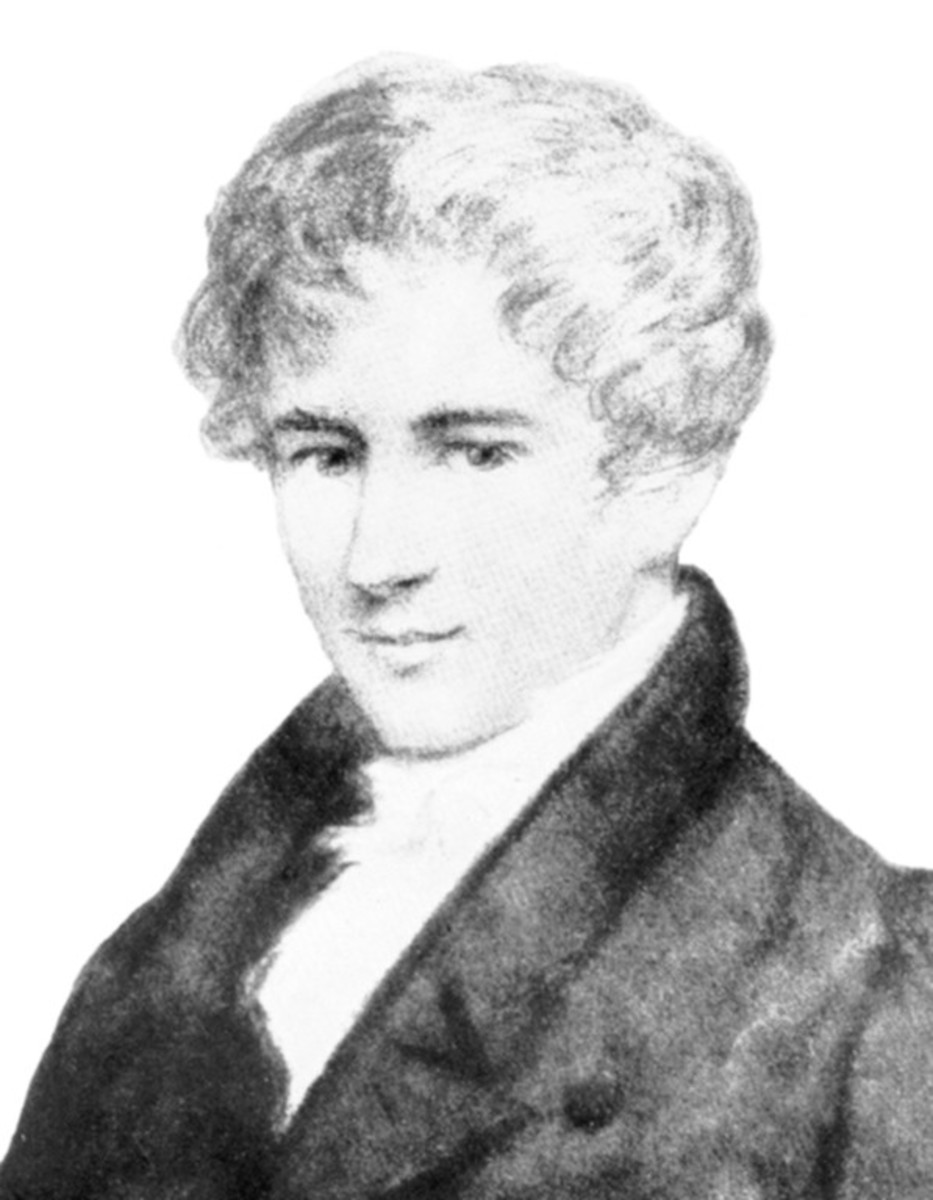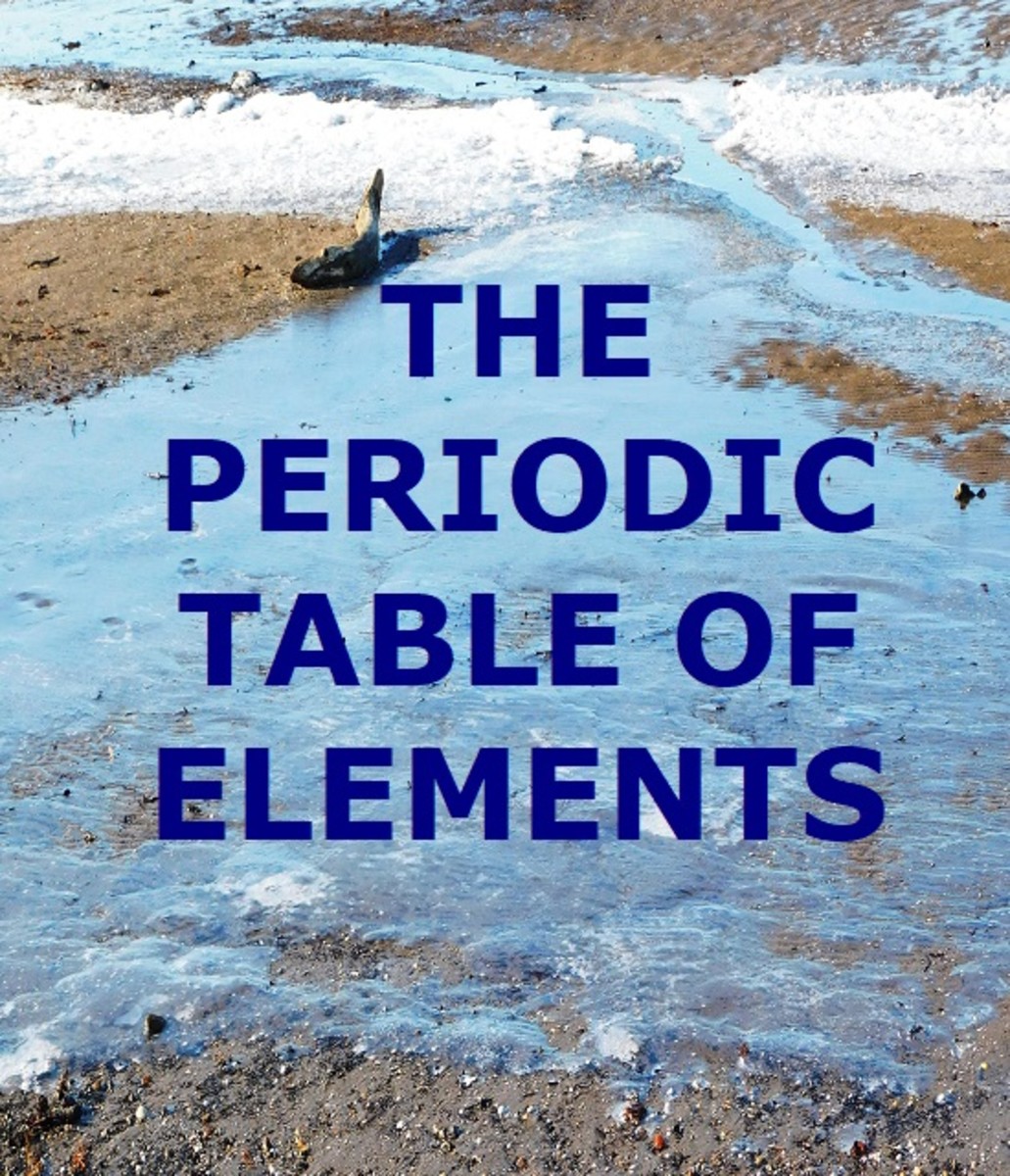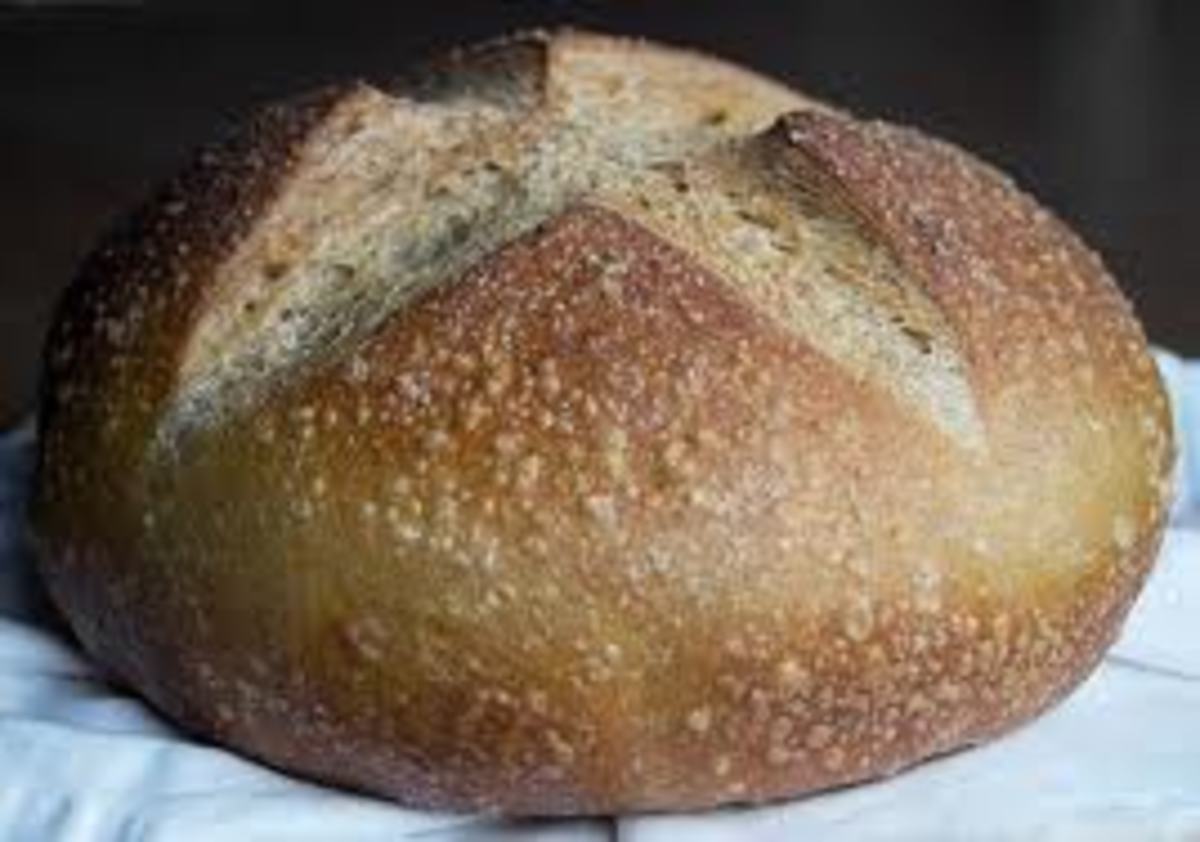The chemical mole

The first thing that comes to mind when we hear the word mole is the animal, but that is not the only type of mole. There is also the mole in chemistry which is used to represent a certain number of units (about 6.02x1023). But why that number? Well if you weighed that many atoms of any element the weight in grams will be equal to atomic mass number. This means 6.02x1023 atoms of carbon-12 will weigh 12 grams. But you a mole doesn’t just have to be 6.02x1023 atoms, it could be made from molecules or you could have one mole of your favourite sweet. For example you could have one mole of lemon sherbets (they would weigh approximately 3,600,000,000,000,000,000 tonnes and contain enough sugar to rot your teeth).
Agravado’s number
6.02x1023 is called Agravado’s number. We call it this because its invention and value was aided by a scientist called Lorenzo Romano Amedeo Carlo Avogadro. This number is important in scientists because you can use it to aid chemical reactions. For example you can use it to see what ratio of chemicals are needed to perform a complete chemical reaction with minimal waste. Chemists can also use mole to determine the concentration of unknown acids and alkalies.
Why is it important?
At first glance Agravado’s number doesn’t seem all that important. Why does it matter if we know how many atoms we have? The answer is chemical reactions. At school you may have balanced chemical equations so that there are the same number of atoms on each side. For instance:
Ca(OH)2 + HCl → CaCl2 + H2O
Is not balanced because it has two oxygen molecules and 3 hydrogen molecules to the left of the arrow and only one oxygen molecule and two hydrogen molecules to the right of the arrow, also there are more chlorine atoms on the right hand side. This is the balanced equation:
Ca(OH)2 + 2HCl → CaCl2 + 2H2O
The balanced chemical equation gives us the ratio of compounds to each other, but every atoms has a different weight and we can‘t count out individual atoms to ensure we have the correct ratio for a chemical rection to occur. This is why we use Agravado’s number. From the equation above we know for every mole of calcium hydroxide we use we need to use two moles of hydrochloric acid. By doing this we can avoid wasting chemicals and using too much of one substance.
Mole equations
There are three equations linked with the mole:
1. Finding the number of moles from the number of particles
Number of moles = Number of particles you have ÷ Number of particles in a mole
e.g. If I had 3.45 x 1020 molecules of water, how many moles of water would I have?
Number of moles = ( 3.45 x 1020 ) ÷ ( 6.02 x 1023 ) = 5.73 x 104 mols (3 s.f.)
2. Finding the number of moles using the mass
Number of moles = mass of the substance (grams) ÷ atomic mass
e.g. If I had 4.6g of CaCO3, how many moles of CaCO3 would I have?
Number of moles = 4.6 ÷ (40.1 + 12 + 3x16 ) = 0.046 mols (2 s.f.)
3. Finding the number of moles using concentration
Number of moles = concentration (mol/dm3) x volume (dm3)
e.g. If I had 100cm3 of 0.5 mol/dm3 hydrochloric acid, how many moles of hydrochloric acid would I have?
1dm3 (decimetre3) = 1000cm3
Number of moles = 0.5 x 0.1 = 0.05 mols
If you are taking GCSE or A level chemistry remember the more you practice using these equations the better you will get at it and the easier it will be in your exam.
Note:
- When writing moles as a unit we use mols, e.g. 3.09 mols.
- s.f. means significant figures, where this is seen answers have been rounded to a more appropriate number.
- If you are taking A level chemistry you may see mol/dm3 written as moldm-3, they mean the same thing they are just written slightly differently.

